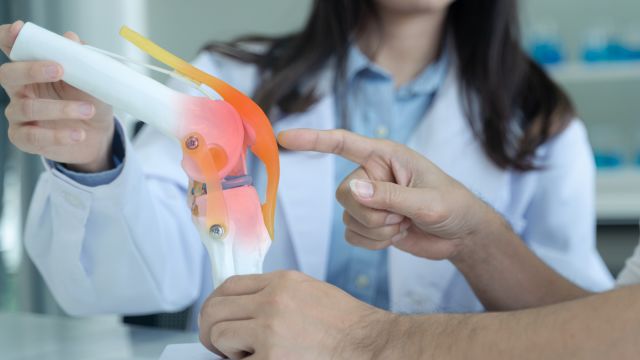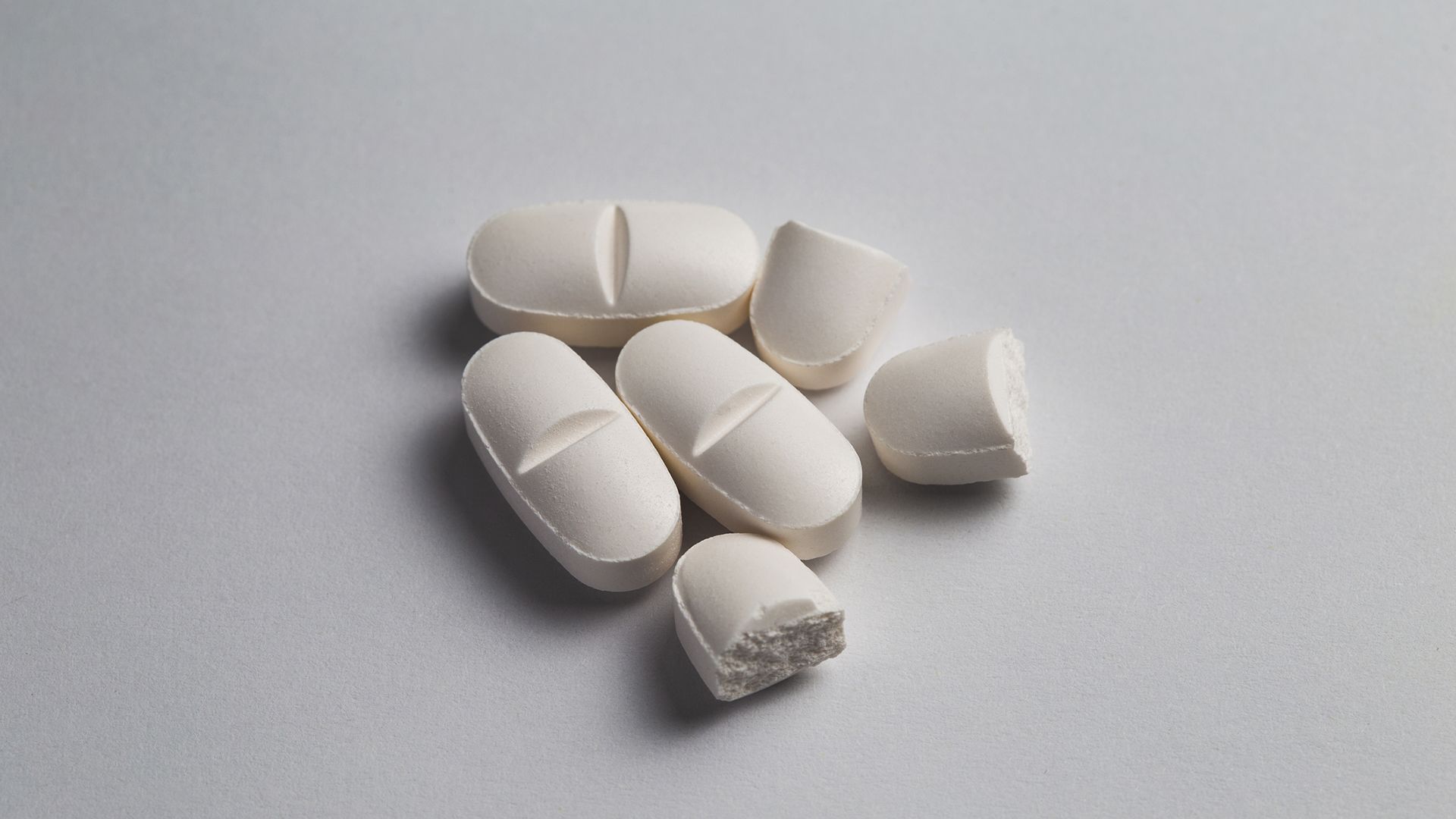Tenosynovial giant cell tumors (TGCTs) are benign tumors that form in or around the joints, and can result in inflammation, pain, loss of joint function, and in some cases, disability. The most-often used treatment for TGCTs is surgery to remove the tumors and affected tissues.
If you or a loved one has been diagnosed with a TGCT, it can help to have an understanding of how joints work, as well as the different tissues and structures inside a joint. Here, we look at nine key terms to understand.
Joint
Joints are the points on the body where bones attach to other bones in a way that permits the various parts of the body to move. Joints are found at the wrists, ankles, elbows, knees, hips, shoulders, the jaw, and all along the spine connecting the vertebrae, as well as other areas on the body. TGCTs can affect any joint on the body.
Skeletal muscle
The body contains three types of muscle. Smooth muscle lines organs like the intestines and arteries. Cardiac muscle makes up the heart. Skeletal muscle is the type that surrounds the skeleton and powers the movements of the body’s various joints. The term skeletal muscle can also refer to a whole muscle—as in, “the bicep is a skeletal muscle.” In this case, the term refers to a specific muscle as an organ, comprised of muscle fiber as well as connective tissue, nerve tissue, and vascular tissue.
Bones
Bones are the framework of the body and are what make up the skeletal system, which gives the body structure and support, protects vital organs, and enables the body to move. Bones also play important roles in normal biologic functioning—blood cells are made in bone marrow, the spongy innermost tissues of bones, and bones also act as storehouses for calcium, a nutrient that is essential to normal cell function.
Articular cartilage
Cartilage is connective tissue that is found throughout the body. There are several different types of cartilage. Articular cartilage (also called hyaline cartilage) is one type. This type covers the ends of bones, where the bones meet to form joints. Much softer and more flexible than bone, articular cartilage allows the bones of a joint to glide against one another smoothly.
Tendon
When your body performs a motion, such as lifting your arm or taking a step, that movement is powered by muscles pulling on bones. Tendons are thick cords of fibrous connective tissue that attach muscles to bones. Tendons are wrapped in a tendon sheath, a layer of tissue that allows them to glide smoothly against surrounding tissues.
Ligament
Ligaments are another type of connective tissue, which are similar to tendons. Ligaments are fibrous bands that attach bones to other bones, and hold joints together.
Bursa
Bursa are fluid-filled sacs that act like padding to help reduce friction and keep joints moving smoothly.
Joint capsule
The joint components described above are contained inside a joint capsule, a sleeve of dense connective tissue that encapsulates a joint, providing structure and support. This sleeve is comprised of a thick outer layer of connective tissue, and an inner layer called the synovium.
Synovium
Also called the synovial membrane, this is the inner layer of tissue that lines the joint capsule. It also lines the bursa and tendon sheaths. It secretes synovial fluid, which lubricates the joints, which help to keep the joints moving smoothly. This is the tissue where TGCTs form.






